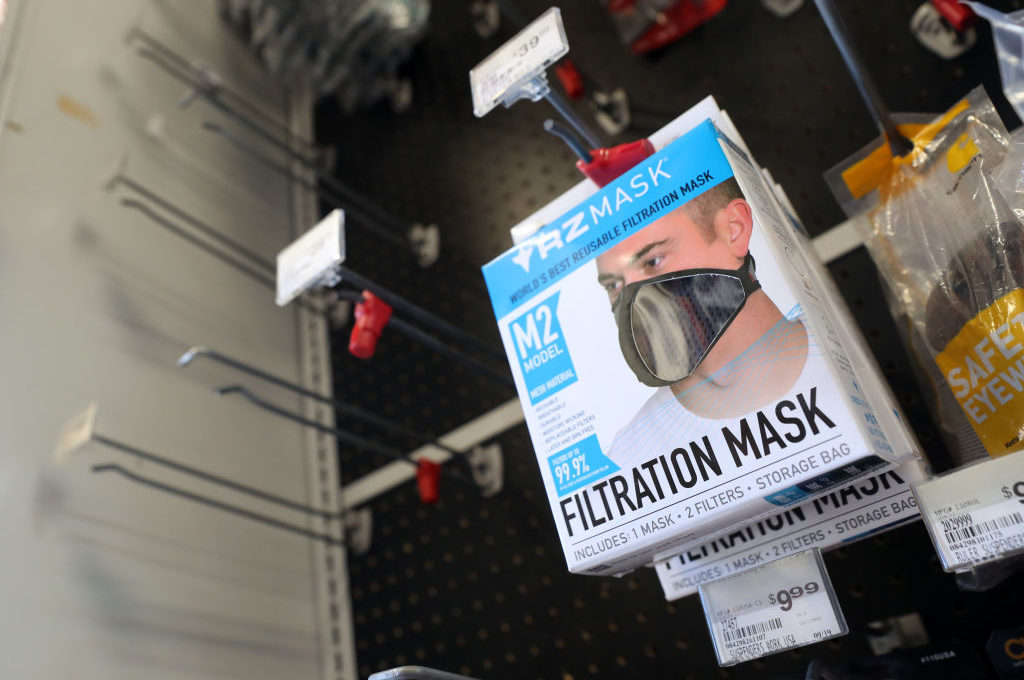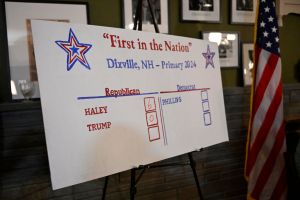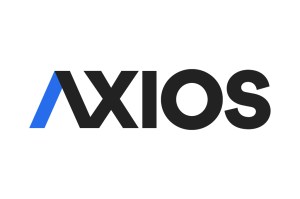While it’s great news that Pfizer, BioNTech, AstraZeneca and other pharmaceutical companies are developing vaccines to prevent people from getting the coronavirus, we should remember that international criminal entities are taking advantage of the fear, uncertainty and desperation created by the coronavirus pandemic to expand their illicit footprint.
Since early June, Customs and Border Protection has seized more than 107,000 FDA-prohibited COVID-19 test kits, 750,000 counterfeit face masks, thousands of EPA-prohibited anti-virus lanyards, 11,000 FDA-prohibited chloroquine tables and more than 67,000 ACCU-CHEK test strips.
When demand outstrips supply, it creates an environment in which substandard and counterfeit medical supplies proliferate. As consumers embrace social distancing mandates and turn to e-commerce to stock up on necessities, basic medicines and drugs rumored to prevent and cure COVID-19, transnational organized crime networks have quickly stepped in to meet surging demand with falsified medical products.
According to the National Association of Boards of Pharmacy, the vast majority of new pharmacy websites that sprang up during the pandemic have ties to known criminal networks. E-commerce has increased 430 percent in the past decade, with a concurrent increase in the prevalence of counterfeit goods.
The Department of Homeland Security notes that the counterfeit market in the US has increased tenfold since 2000. The majority of these counterfeit goods are sold online. The most current numbers are even more disheartening: since the start of the pandemic in January, sale of online counterfeit goods have jumped 40 percent over 2019.
The FDA has issued letters to seven companies for selling fraudulent COVID-19 products, including teas, essential oils and colloidal silver. In addition, the FDA issued a temporary injunction against a company selling bleach as a ‘miracle cure’ for coronavirus.
Consider too that the PPE manufacturer 3M has filed 12 lawsuits against fake PPE providers who falsely claimed to be selling genuine N95 masks, often at vastly inflated prices. And things are poised to get worse. When a coronavirus vaccine or life-saving medications are developed, unprecedented demand will drive increases in the theft and counterfeiting of these medicines.
The coronavirus pandemic has fueled unprecedented growth in the global counterfeit trade which the International Chamber of Commerce anticipates will reach $4 trillion by 2022. This surge in counterfeit medical products has been confirmed by the World Health Organization, Interpol, the CDC, the OECD and the EU Intellectual Property Office among others and the diversity of falsified products is overwhelming: disposable surgical masks, PPE products, hand sanitizers, antiviral and antimalarial medication, vaccines, COVID-19 test kits, disinfectants, disposable latex gloves, dietary supplements and herbal remedies.
It is critical to purchase medicines from a regulated source to safeguard against the dangers of fake drugs. Illicit medicines often contain the wrong amount of active ingredients — too little, too much, or none at all — and toxic ingredients such as mercury, arsenic, rat poison, highway paint and cement have also been found in fake drugs. Adding insult to injury, antibiotics and antimalarials, drugs frequently used to treat patients with the coronavirus, are among the medicines most frequently targeted by counterfeiters.
Based on $4.3 billion in counterfeit drug seizures between 2014 and 2016, custom agents found that antibiotics are the drugs most often targeted by counterfeiters. More than 35.4 percent of the drugs seized were marketed as antibiotics, while antimalarials ranked fourth, accounting for 8.9 percent of seized drugs. Tragically, forensic tests of suspected samples show that in 90 percent of cases, counterfeit medicines can harm patients.
The pandemic has also complicated the production landscape for legitimate producers. Supply shortages, material disruptions, government regulations and lockdowns have increased the number of consumers and businesses using illicit channels — both inadvertently and deliberately — to purchase goods that are no longer available through former channels. Lockdowns in China and India, the world’s two largest producers of medical supplies, resulted in the inefficient sourcing of raw materials and soaring prices of raw ingredients.
Notably, several pharmaceutical companies in India are now operating at just 50-60 percent of normal capacity. Concurrently, virtually overnight, hospitals increased their use of PPE products 10 times and began using up to 15 times the usual number of N95 respirators. Previously utilized only for known infectious respiratory illnesses during surgery, hospitals now use them as universal precautions for all patients.
Surging utilization drove PPE shortages as states were forced to compete on the open market for supplies. This opened the door to dubious suppliers and scam artists peddling substandard and counterfeit products, defrauding taxpayers and endangering frontline public health workers.
In the midst of the COVID-19 pandemic it is more critical than ever to limit the growth of pharmaceutical counterfeiting and protect patients, providers and manufacturers. Efforts to do this must include raising public awareness, improving regulatory oversight, regulating pharmaceutical transshipments and increasing criminal sanctions against counterfeiters. Counterfeiting has been described as the second oldest profession and it continues to play a prominent role in illicit trade.
[special_offer]
In a world of convergence, the illicit trade in pharmaceuticals is following a well-trodden path that was once the preserve of narcotics, arms, people trafficking, illegally-harvested timber, endangered wildlife, gold and other natural resources, illicit cigarettes and alcohol, to name but a few. Although history points to the difficulties of defeating counterfeiters, it is essential that policymakers take the threat seriously and move to protect patients. Key to addressing the crisis is the lack of diverse and redundant manufacturing locations. The supply chain for PPE and medicines must be more resilient with more redundancy through enhanced local and regional productive capacity.
No country or region is untouched by the corruptive influence of global crime, exploitative bad actors and illicit networks. While we are far from solutions, policymakers should carefully consider recent trends and examine how to best protect patients. The World Economic Forum estimates losses of $2.2 trillion, or 3 percent of global GDP, due to illicit trade leakages in 2020.
Though the economic costs are tremendous, the human toll accruing from counterfeit medical products is unbearable. Consumers must be vigilant and policymakers must be proactive. The stakes are too high to do otherwise.
Dr Kristina M. L. Acri, née Lybecker, is an associate professor of economics at Colorado College and a senior fellow at the Fraser Institute.


















